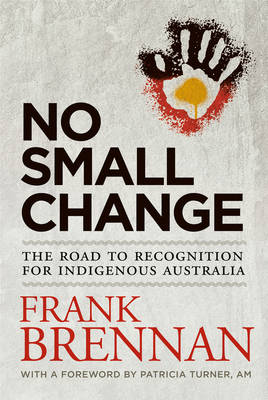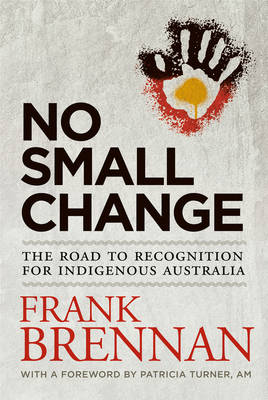
- Afhalen na 1 uur in een winkel met voorraad
- Gratis thuislevering in België vanaf € 30
- Ruim aanbod met 7 miljoen producten
- Afhalen na 1 uur in een winkel met voorraad
- Gratis thuislevering in België vanaf € 30
- Ruim aanbod met 7 miljoen producten
Zoeken
€ 29,45
+ 58 punten
Omschrijving
In 1967, Australians voted overwhelmingly in favor of removing from the Constitution two references that discriminated against Aboriginal and Torres Strait Islander people. Though these seemed like small amendments, they were an impetus for real change: from terra nullius to land rights, and from assimilation to self-determination. Nearly 50 years later, there is a groundswell of support for our Indigenous heritage to be formally recognized in the Constitution. With the prospect of a new referendum in the near future, Frank Brennan considers how far Australians have come--and yet how much work lies ahead. He looks through the prism of history to examine what we can learn from our successes and failures since 1967, from the efforts of the Council of Aboriginal Affairs to the Gove land rights case and the Aboriginal Tent Embassy. He also assesses the way forward: how the upcoming referendum might provide fresh momentum for governments and Indigenous Australians to negotiate better outcomes. Written by one of the most respected commentators on legal and human rights issues, this book makes a vital contribution to the understanding of Indigenous affairs. It will generate crucial debate on how Australians should acknowledge the history that for too long has gone unrecognized
Specificaties
Betrokkenen
- Auteur(s):
- Uitgeverij:
Inhoud
- Aantal bladzijden:
- 320
- Taal:
- Engels
Eigenschappen
- Productcode (EAN):
- 9780702253324
- Verschijningsdatum:
- 27/08/2015
- Uitvoering:
- Paperback
- Formaat:
- Trade paperback (VS)
- Afmetingen:
- 153 mm x 228 mm
- Gewicht:
- 471 g

Alleen bij Standaard Boekhandel
+ 58 punten op je klantenkaart van Standaard Boekhandel
Beoordelingen
We publiceren alleen reviews die voldoen aan de voorwaarden voor reviews. Bekijk onze voorwaarden voor reviews.











